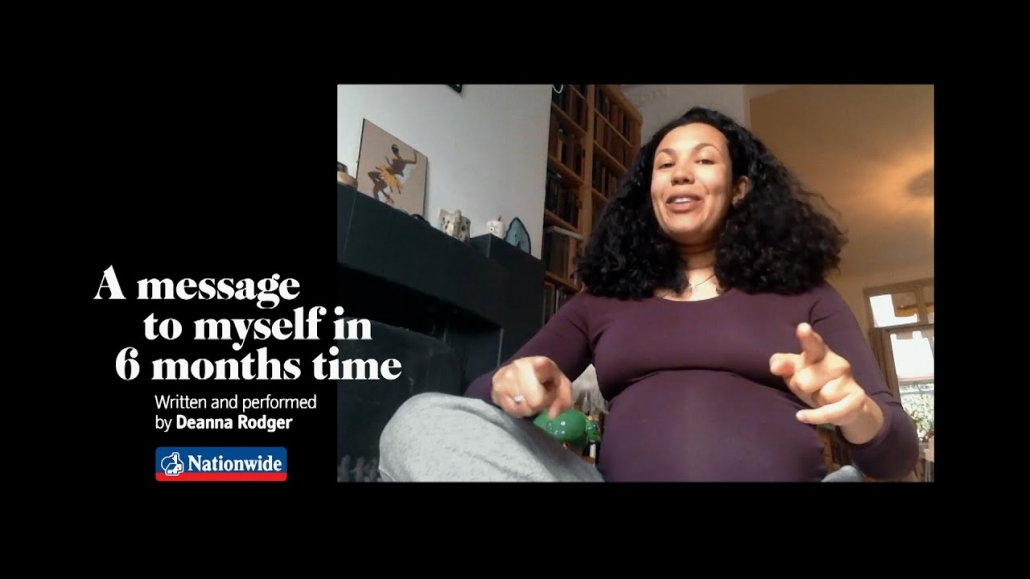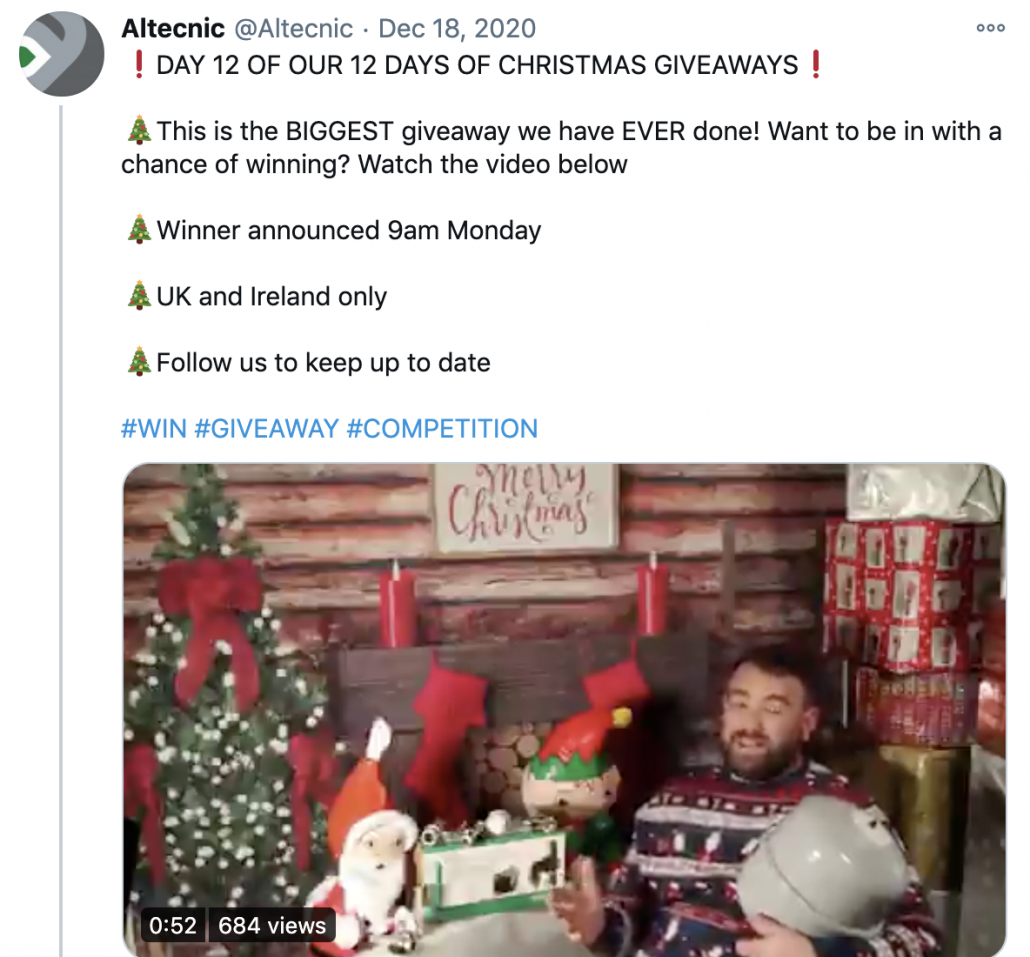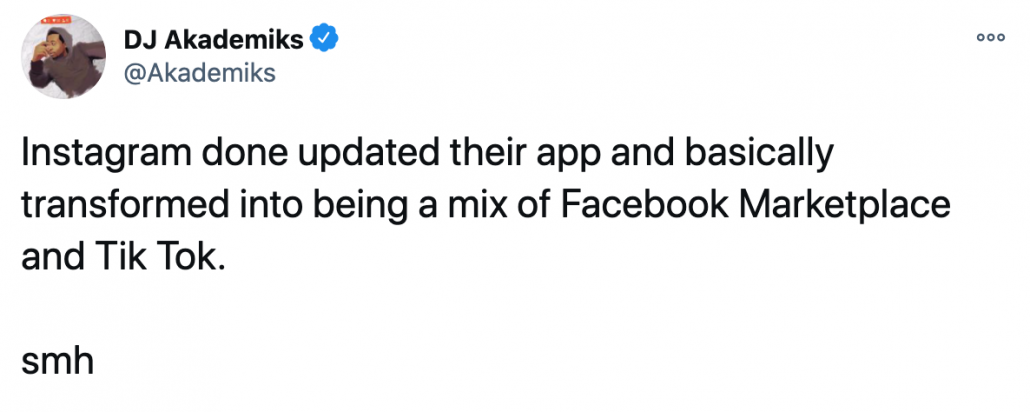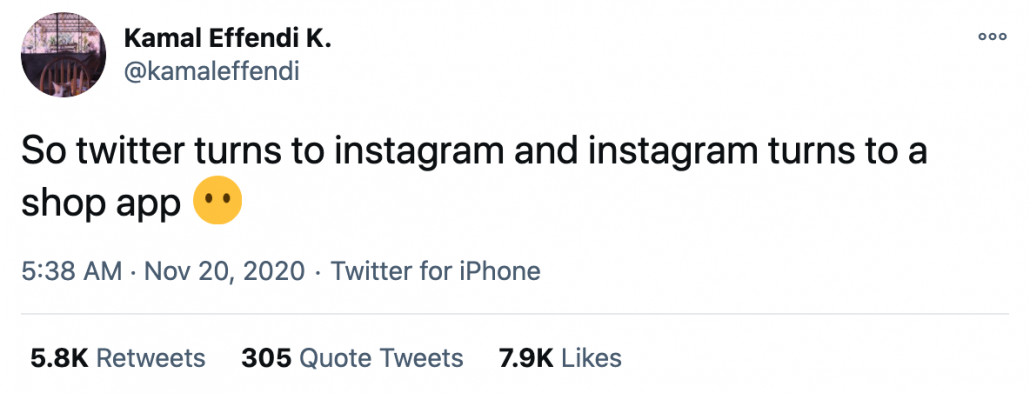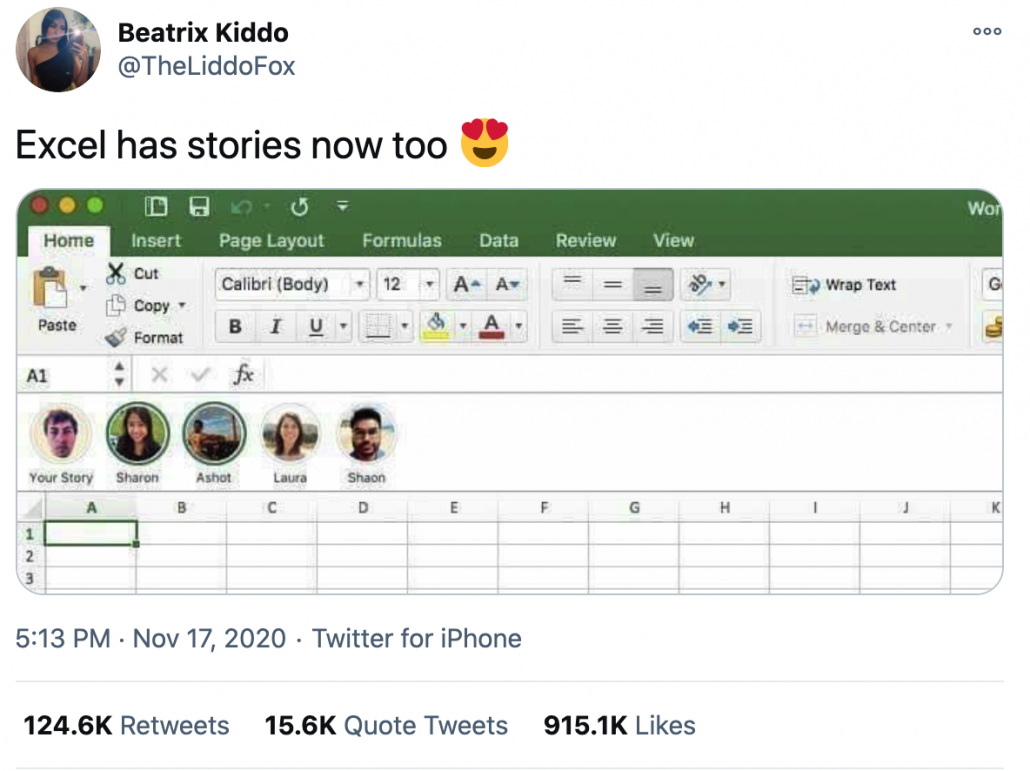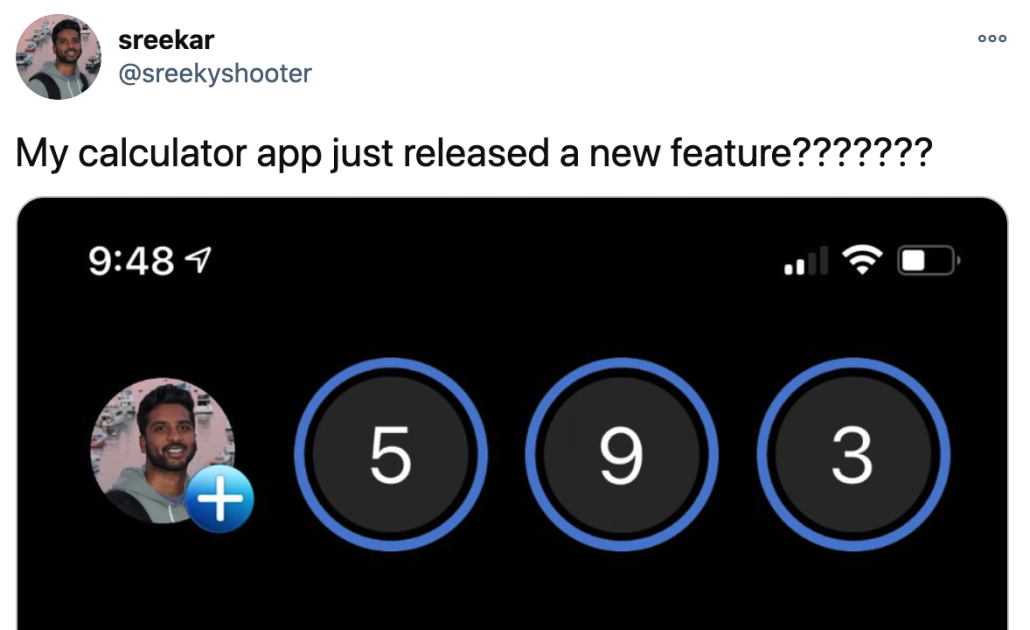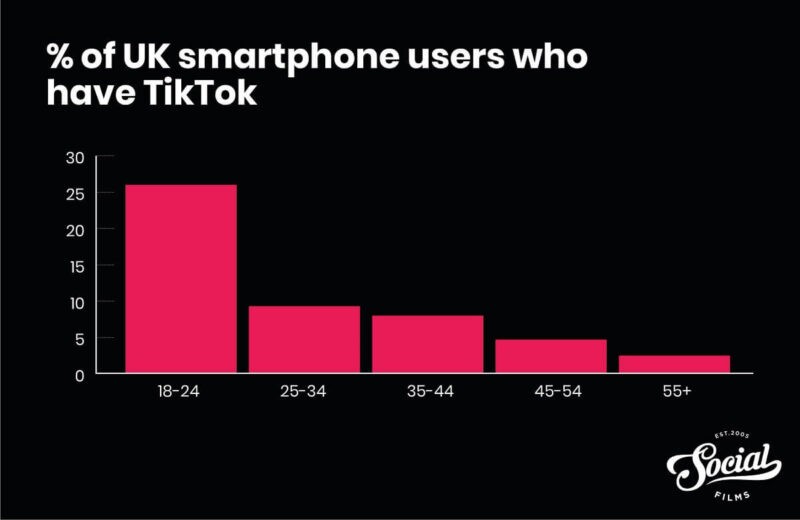As the year draws to a close, we’ve taken a look at some of our favourite PR campaigns of 2020. A difficult year to say the very least, there’s been a lot of red tape around executing certain marketing stunts. With not one, but two national lockdowns, it’s certainly not been easy. However, a lot of brands have navigated through this year with energy, creativity and determination – certainly all things that account to a great communications strategy.
2020 has been the year where some have chosen to stop communicating, but where it has never been more important not to do so. We’ve seen our clients reap the rewards of continuing with strong messaging through lockdown, to be met with an abundance of sales after restrictions were lifted, such as Combermere Abbey. We’ve also been able to work with the likes of local charity Hospice of the Good Shepherd, who found that PR activity including, even during these strange and uncertain times, paid off – with broadcast news coverage on BBC North West Tonight contributing to over £50k raised for the charity. It pays to communicate well, and there’ve been plenty of brands who’ve proved that over the last year. Here are some of our top picks at The Source.
Our Top PR Campaigns Of 2020
Beth Ellis: KFC’s Slogan Switch-Up
Beth Ellis, PR account executive has heaps of praise for another fast-food brand, KFC, who changed their iconic slogan earlier this year in line with national hygiene advice…
“Even though the campaign came out in August, pretty late in the day after the initial lockdown in March, I think it strikes the perfect tone for how businesses should be advertising during such a sensitive time. It takes one of the most famous marketing slogans in the world and removes the part that would be deemed ‘unhygienic’ or unwise right now, without not going over the top or overly sentimental. As it’s an old company, KFC cleverly uses a photo of its original fried chicken bucket to indicate that, while things are very strange right now, life goes on and tough times will pass – worth considering that the chain was founded during the Great Depression and has seen its way through rocky times in history.”
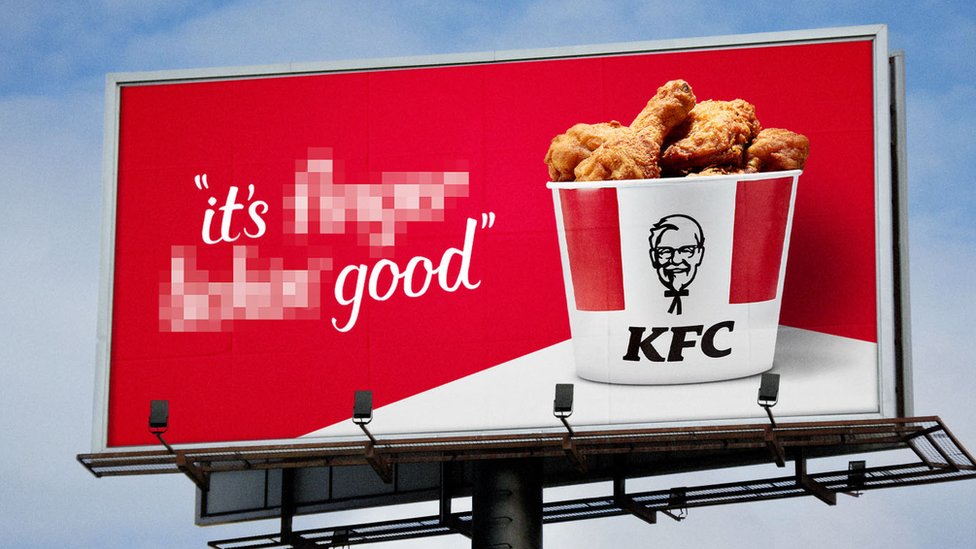
Credit: KFC
Janet Hare: Alex Scheffler’s Covid-19 Book For Children
Janet Hare, client services director, explains her favourite campaign of the year that tackles Coronavirus education…
“Children undoubtedly were one of the hardest-hit groups of people when Covid-19 struck in Spring this year. Suddenly their lives were turned upside down when no school and no friends became the government ruling for several months. How could adults who were they themselves struggling wildly with the otherworldly concept of a pandemic communicate to those much younger what it all meant and offer reassurance that everything would be OK? They had no clue themselves. Suddenly faced with a situation never seen before, how could they find the right words to say the right things to the children who looked up to them for guidance and reassurance? Luckily, parents around the country were rescued by the warm comforting blanket of someone inextricably linked with a time of peace, cosiness and safety – storytime. In April, well-known illustrator Axel Scheffler, who does the drawings for many of Julia Donaldson’s much-loved children’s books, got together with his publisher at the nations’ parents time of need to create a free book to explain the pandemic through familiar and comforting rhythms of words, characters and illustrations. What children needed at a time of uncertainty surrounded by worried adult faces and scary news bulletins was what children and adults let’s face it, always rely on, the comfort of the familiar. The digital book aimed at primary school children, ‘Coronavirus: A book for children about Covid-19’ was written with input from a professor of infectious diseases, a psychologist and several teachers and was made free to download. The publishers then went onto record an audio version of the book, read by the voice of Paddington and Paddington 2’s Mr Brown, Hugh Bonneville. Again, a familiar and comforting voice. For me, this gave me the words I needed in the right tone to enable me to help my child understand what was going on in a suddenly mad world. For countless other parents and adults, it came to the rescue and satisfied a need just at the right time. Although it wasn’t done from a place of profiteering to me timing and tapping into and meeting a need are essential to marketing a product successfully. If then you can also tap into a positive emotion, such as comfort, then that’s surely the winning combo! Since then, Axel and Julia have also got together to create coronavirus-related scenarios for some of their best-loved characters such as The Gruffalo and Stick Man lending the familiar once again to the absurdity of the current situation whilst adding humour also into the mix!”

Credit: Axel Scheffler
Jessica Pardoe: Burger King Says “Support McDonald’s!”
Jessica Pardoe, senior PR account executive notes one of her favourite lockdown campaigns, and this one has been considered controversial…
“Burger King’s communications strategy is notoriously famous for bashing their biggest competitor, McDonald’s. From encouraging customers to drive there, and drive away to get a free whopper, to responding to claims surrounding the unnatural longevity of a big mac by proudly broadcasting their own mouldy whoppers. Which is why, as the UK entered a second lockdown, it was a surprise to see Burger King UK encouraging their customers to actually support no others than their arch enemy McDonald’s, as well as other big competitors. I personally really liked this as it was bold enough to win them plenty of press coverage, as well as generating a lot of conversation on social. The only issue with the campaign is that they could have perhaps encouraged customers to shop smaller independent businesses, rather than the large corporations that are already probably sitting on a great deal of money. At the end of the day though, what Burger King opted to do had a bigger talk-ability impact and you have to weigh up those kinds of decisions with your marketing.”
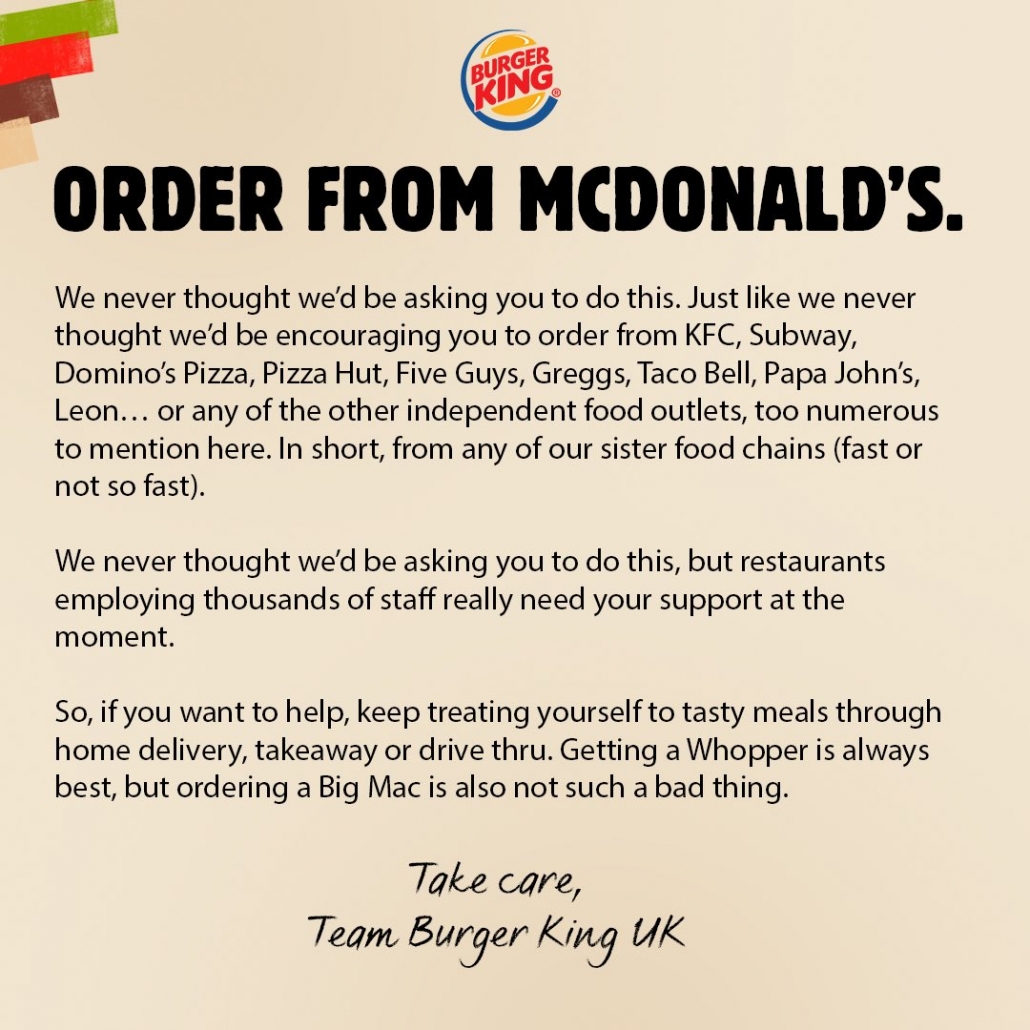
Credit: Burger King Twitter
Evie Shaw: “Thank You For Not Riding With Us” By Uber
Evie Shaw, Account Manager, gives kudos to Uber for encouraging people to stay home…
In the fast-paced world of marketing & PR, the main goal for a brand or a business is always to subtly (or not so subtly) push a product or a service. We’re exposed to numerous campaigns every day; some stand out and some don’t. This year Uber caught my attention and it wasn’t because they were advertising their app or service. Uber was actually thanking people for not riding with them and asking viewers to, “stay at home for everyone who can’t”. The brand created an ad that was relatable to every single person in the country and the world. It shows scenes of family members saying hello through a window, friends sharing a glass of wine on Zoom and families doing home workouts with the dog getting in the way! Although 2020 has been an incredibly hard year for everyone, Uber touched on the elements of togetherness and solidarity that have come from lockdown and the “stay home” message. Yes, Uber wasn’t advertising themselves, but they were still able to highlight their brand in a positive way and as we come to the end of 2020, the Uber ad is one that I’ll remember for being heart-warming and supportive. It was a great piece of PR for the brand and a positive reputation-building exercise.
Louis Hill: Captain Tom’s Triumph
Louis Hill, Managing Director of The Source, praises our new national treasure, Captain Tom Moore…
There have been some amazingly creative campaigns throughout 2020, but we should at least mention the government’s efforts in raising public awareness of how to best protect ourselves, the NHS and others from the threats posed by Covid-19. Using simple communications and an easy to recall “hand, face & space” mantra, the public was able to easily understand and take action. The communications show how a simple message can be easily carried in the media, over the airwaves and on-line – particularly when reinforced by a range of commentators and celebrities, all supported by clear visuals. Sadly the communication is in sharp contrast to current messaging surrounding the UK’s complex and overtly complicated and divisive Tiered system. We should also pay a special homage to Captain Tom who managed to raise more than £33m for the NHS. Again, this illustrates how a simple idea that captures the imagination can truly resonate and reach into people’s hearts and minds. It also shows that even in this digital age, it’s the people, story and characters that matter. Captain Tom may even have taken the title of the UK’s oldest ‘influencer’ with the likes of GQ putting him on their cover. Very well deserved and not at all bad for a centenarian…


